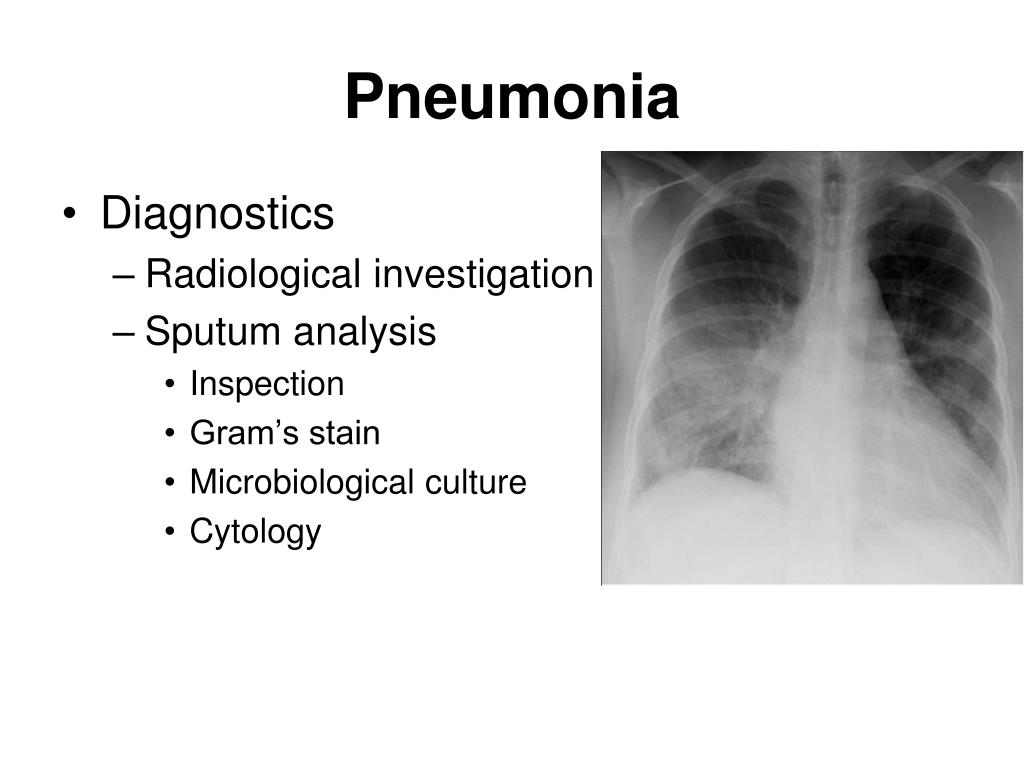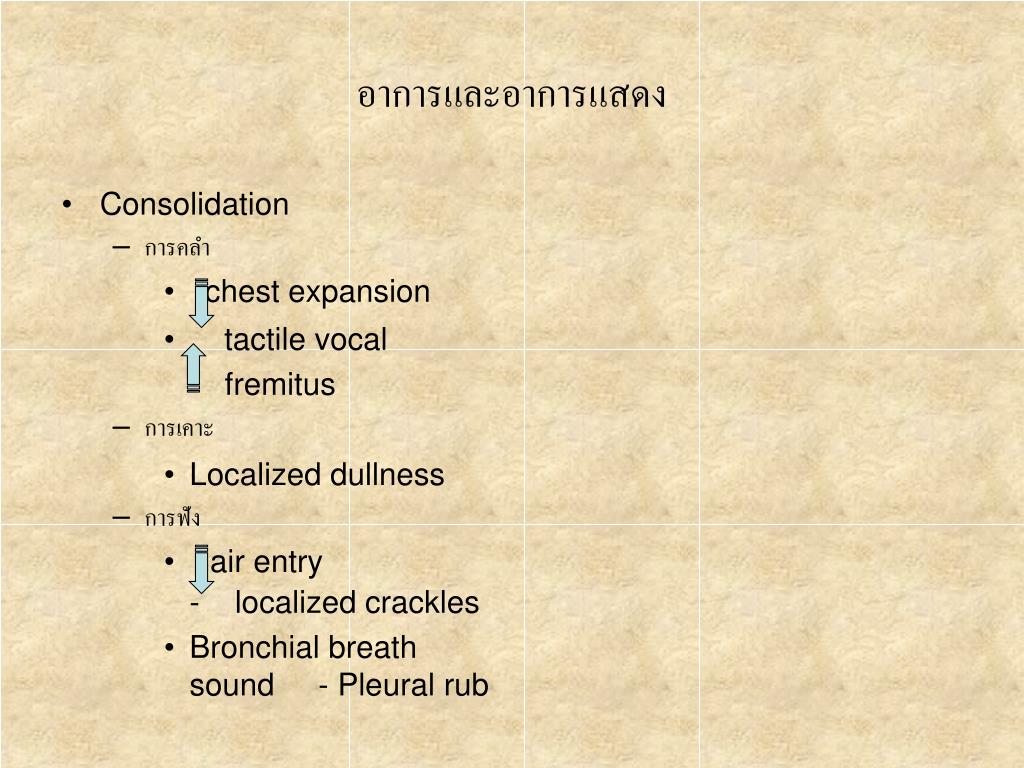

The Tromsø Study is an epidemiological survey that started in 1976 with the main goal to determine the reasons for the high cardiovascular mortality in the municipality of Tromsø, Norway.

We also explored to which degree ALS are associated with self-reported disease, smoking status and clinical measures of lung function. With this study, we aimed to estimate the prevalence of wheezes and crackles in a large general adult population. The prevalence of wheezes and crackles in a general population has never been reported. Moreover, the few existent studies investigating ALS in apparently healthy people used small samples, failing to be representative of the general population. Most studies to date, however, have investigated how ALS relate to specific diagnostic categories without considering their distribution across the whole spectrum from health to disease. To determine the real usefulness of ALS it is crucial to define first their behavior, presence and characteristics, in apparently healthy people. This modest accuracy is mainly related to the fact that both wheezes and crackles can also be present in apparently healthy adults. Presence of ALS alone, however, only show moderate sensitivities and specificities, limiting their diagnostic utility. Positive findings during auscultation influence clinical decisions such as the rate of antibiotic prescriptions and referrals to specialist care. Adventitious lung sounds (ALS) such as wheezes and crackles are associated with common diseases like asthma, chronic obstructive pulmonary disease (COPD), interstitial lung disease, bronchiectasis, heart failure and pneumonia. Lung auscultation has shown to be useful in diagnosing various respiratory disorders. Lung auscultation remains thus an important part of the respiratory examination, mainly in primary care and in resource-constrained settings. There are some obvious advantages of lung auscultation, such as availability, low cost and non-invasiveness. Two hundred years after its invention, the relevance of the stethoscope in modern medical practice has become a topic of debate. The presence of findings in two or more auscultation sites was associated with a higher risk of decreased lung function than solitary findings.

The adventitious sounds were also associated with self-reported disease, current smoking and measures of lung function. Age was the most important predictor of adventitious sounds, particularly crackles. Nearly over a quarter of adults present adventitious lung sounds on auscultation. Wheezes were mostly found during expiration and crackles during inspiration. The age-standardized prevalence of wheezes was 18.6% in women and 15.3% in men, and of crackles, 10.8 and 9.4%, respectively. Twenty-eight percent of individuals had wheezes or crackles. We estimated age-standardized prevalence of wheezes and crackles and associations between wheezes and crackles and variables of interest were analyzed with univariable and multivariable logistic regressions. Pulse oximetry and spirometry were carried out. We recorded lung sounds in 4033 individuals 40 years or older and collected information on self-reported disease.

The objective of this study was to determine the prevalence of wheezes and crackles in a large general adult population and explore associations with self-reported disease, smoking status and lung function. However, their prevalence in a general population has been sparsely described. Wheezes and crackles are well-known signs of lung diseases, but can also be heard in apparently healthy adults.


 0 kommentar(er)
0 kommentar(er)
